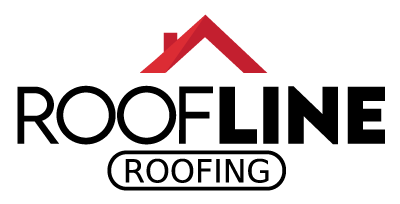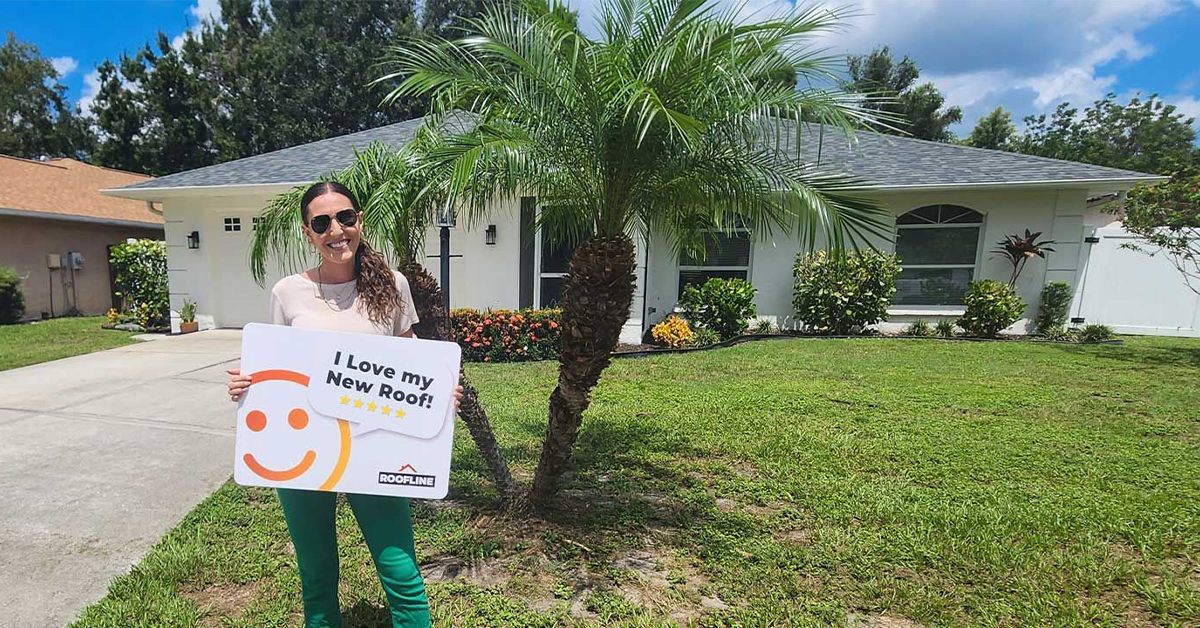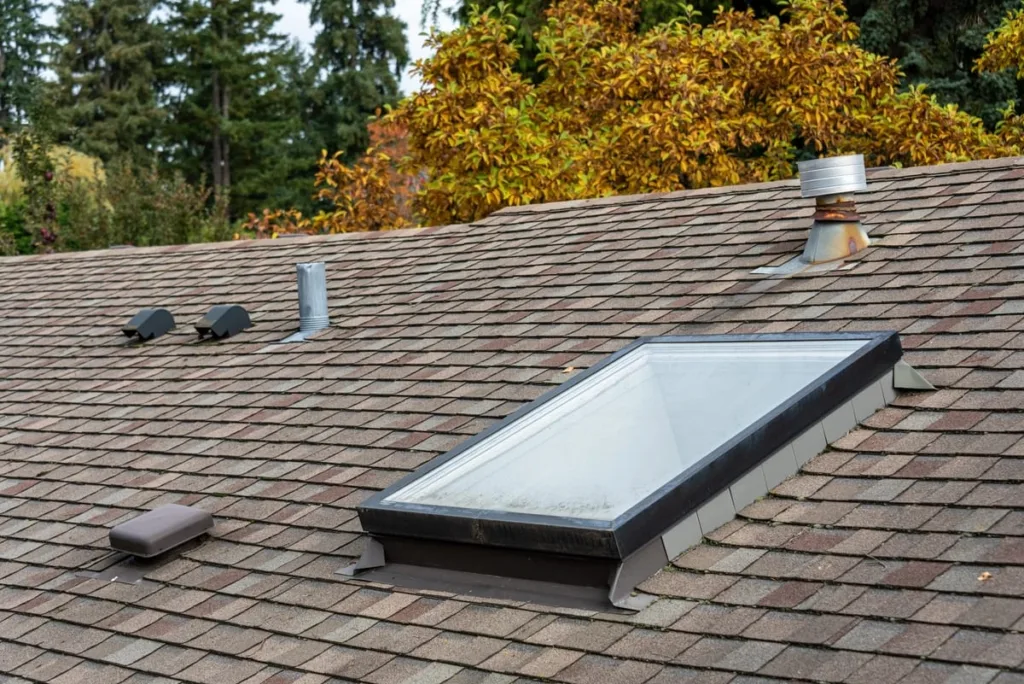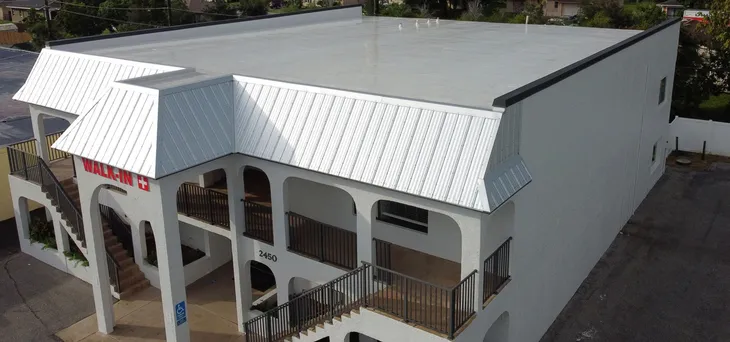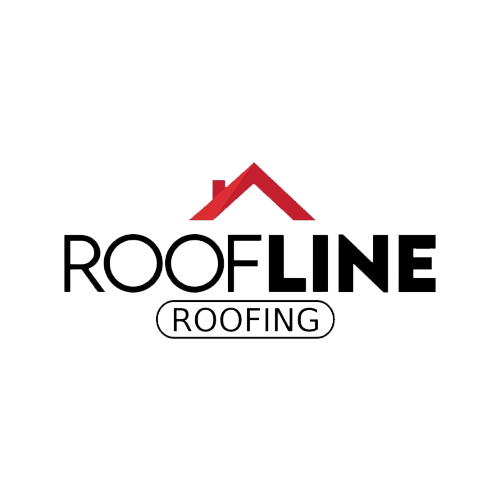
Choosing the right roof isn’t just about looks—it’s about protecting your investment. Homeowners and business owners in areas like Palmetto face unique challenges, particularly concerning fire safety. As wildfires increase nationwide, understanding fire-resistant roofing becomes crucial. This guide delves into how selecting the appropriate materials can safeguard your property, helping you make informed decisions that prioritize both safety and financial sensibility.
Fire-resistant roofing materials play a critical role in safeguarding properties in high-risk areas. With options ranging from metal to fiberglass asphalt shingles, each material offers distinct advantages in minimizing fire risk while potentially reducing energy costs and insurance premiums. Property owners not only protect their investments but also contribute to broader safety initiatives by making careful choices aligned with local building codes and standards. This not only enhances personal safety and property value but also supports community-wide efforts to mitigate fire damage.
Material Choices: Fire-Resistant Roofing Materials Explained
Choosing the right roofing material is crucial not just for durability or aesthetics, but for safety too. Fire-resistant roofing protects your property from unforgiving flames, especially in regions susceptible to wildfires. Understanding which materials offer the best fire resistance can save you money and stress in the long run.
Why Fire Resistance Matters
Over the past decade, the U.S. has seen an increase in wildfires. The National Interagency Fire Center reports that more than 70,000 fires burn over 10 million acres annually. In urban areas like Palmetto, choosing materials that withstand fire is not just wise but potentially lifesaving.
Class Ratings for Fire Resistance
Roofing materials are rated in classes from A to C, determined by how well they resist fire. Class A materials, the most fire-resistant, can offer up to two hours of protection, often crucial for densely built town areas. Classes B and C provide less resistance and are suitable for regions with lower fire risk. Always check your material’s classification before purchasing.
Metal Roofing
Metal is gaining popularity as both a commercial and residential roofing option. Its non-combustible nature gives it a Class A rating. Metal roofs can reflect sunlight, which minimizes heat absorption and reduces energy costs. A 2017 study published in Building and Environment showed that metal roofs can reduce cooling energy demands by up to 25%. In Palmetto, where the sun is intense, this means it’s both a smart financial and fire-resistant choice.
Clay and Concrete Tiles
Like metal, clay and concrete tiles offer a Class A fire rating. These materials don’t ignite easily, making them excellent choices for homes looking to boost their fire resistance. Beyond safety, they are also environmentally friendly, as they use minerals that are abundant and often recycled in tile production. The added weight of these tiles means stronger structural support may be necessary. Palmetto homes looking to upgrade roofing should consult a professional to assess their roof’s current load capacity.
Slate Roofing
Natural slate is another Class A fire-rated material, known for its durability and aesthetic appeal. Though initial costs may be higher, slate’s longevity often offsets this over time. It can last over 100 years with proper maintenance. In a coastal area like Palmetto, slate is a practical choice due to its ability to withstand high winds common in hurricane-prone Florida.
Fiberglass Asphalt Shingles
While not as robust as metal or tile, fiberglass asphalt shingles still hold a Class A rating, provided they are properly installed. They are affordable and easy to install, making them a popular choice for residential roofs. The fiberglass core resists ignition, enhancing safety compared to traditional asphalt options.
Synthetic Roofing
Advancements have led to synthetic options resembling more traditional textures like wood or slate but with modern safety features. These materials often include fire-retardants, delivering a Class A rating. Synthetic roofing provides the appearance of wood shakes without the associated risks. They are also designed to be lightweight, reducing structural demand and potential installation costs.
Regulations and Insurance
Choosing fire-resistant roofing materials could also mean lower insurance premiums. Many insurance companies provide discounts for fire-resistant home features. Check your policy for details. In Palmetto, local building codes may dictate specific requirements for fire-resistant materials due to the region’s climate and risk factors, so stay informed of any regulations that could impact your choices.
Example of a Community-Wide Initiative
Consider a community like Paradise, California, where the Camp Fire of 2018 destroyed almost the entire town. Post-disaster rebuilding efforts focused heavily on using fire-resistant materials, now serving as a case study in fire prevention. Investing in fire-resistant materials not only protects your property but contributes to a broader community effort to minimize risk.
Material choices impact both the value and safety of your property. Investing in fire-resistant options is an effective way to enhance safety, potentially lower insurance costs, and deliver peace of mind in areas like Palmetto where fire risk is a concern.
Designing for Safety: Building Codes and Fire Safety Standards
Building codes and fire safety standards remain essential for safeguarding both residential and commercial properties from fire hazards. Understanding these regulations not only ensures safety but also aids in compliance with local and national standards. In communities such as Parrish, where maintaining commercial roof safety is crucial, adhering to these codes can make a significant difference.
Building codes, established by the International Code Council (ICC), provide a comprehensive set of regulations for construction practices in the U.S. These codes specify materials, construction techniques, and design considerations to enhance safety. Specific to roofing, these guidelines highlight the need for fire-resistant materials, especially in areas prone to wildfires or high temperatures, typical of South Florida.
Roof Material and Fire Resistance
The fire classification of roofing materials is a primary consideration. Approved materials must withstand fire exposure, evaluating how they ignite, produce flames, and contribute to the spread of fire. Materials like metal, clay, and tile are preferred due to their non-combustibility and high fire resistance. For commercial properties in Parrish, selecting a Class A fire-rated material is prudent, offering maximum protection and meeting required safety codes. In fact, commercial roof safety Parrish gains critical importance due to community reliance on these building standards to mitigate fire risk.
Ventilation and Fire Safety
Ventilation plays a dual role in maintaining roof integrity and mitigating fire hazards. While proper ventilation prevents heat or moisture buildup, it also becomes a pivotal safety feature during a fire. Regulations may demand specific vent types, such as one-way vents, to limit the spread of fire through roofing areas. Ensuring these elements comply with fire safety standards helps create a barrier against fire intrusion. It’s vital to consult with roofing experts to evaluate if current ventilation systems meet these specifications.
Roof Assembly Standards
Codified roof assembly standards dictate the complete layers that makeup a roof system, including the covering, underlayment, and structural deck. Each component requires a certain level of fire resistance. In commercial settings, businesses often rely on roof assemblies that not only comply with standards but also enhance energy efficiency and reduce maintenance costs, all while sustaining fire-resistant capabilities.
For example, the National Fire Protection Association (NFPA) provides guidelines for installing roofing systems that limit fire spread. Complying with NFPA and ICC guidelines can be beneficial, especially when insurance providers assess property risk. For businesses, showcasing adherence to these standards can possibly result in reduced premiums and contribute to overall operational cost savings.
Local Code Compliance in South Florida
In areas like Parrish, local regulations often set additional requirements to address specific regional fire risks. These could include stricter material standards or mandatory inspections. Understanding local building codes — alongside state and national standards — ensures that roofing installations and renovations comply with legal requirements. This not only protects properties but also positions businesses to actively contribute to community safety initiatives.
Commercial property owners should work with licensed professionals familiar with the nuances of local codes. An experienced roofing contractor can provide guidance on whether proposed materials and methods meet all necessary standards. They will also help navigate permit requirements or inspections that typically accompany commercial roofing projects.
Modifications and Retrofitting for Safety
In instances where current roofing materials do not meet safety standards, retrofitting can be a lifesaver. This involves upgrading existing roofing materials with fire-resistant alternatives or adding safety features such as metal coverings over shingles. Such modifications align older properties with current safety codes, bolstering protection against fires.
Consider the requirements for commercial roof safety in Parrish, where compliance with modern codes reflects a commitment to sustainability and safety. For property owners managing older buildings, retrofitting also offers a chance to improve energy efficiency and potentially boost property value.
By prioritizing building codes and fire safety standards, property owners in Parrish not only safeguard their own investments but also support broader community efforts to minimize risk and damage from fires. Understanding these regulations and actively engaging in compliance can significantly influence property resilience and sustainability.
Implementation Tips: Best Practices in Fire-Resistant Roofing Installation
Understanding best practices for fire-resistant roofing installation can profoundly impact safety and sustainability. Proper installation not only meets regulatory standards but also optimizes the functionality and longevity of roofing systems. Below are key strategies to guide property managers and owners in effective fire-resistant roof installation, particularly in areas such as Longboat Key.
Selection of Appropriate Materials
Choosing the right materials is paramount. Begin by reviewing materials with a Class A fire rating for the highest protection. Metal, clay, concrete, slate, and certain fiberglass asphalt shingles are ideal due to their non-combustible nature and proven efficacy during fire exposure. It’s important to weigh the benefits of these materials alongside cost considerations and property needs. For instance, metal roofs are both fire-resistant and energy-efficient, offering dual benefits.
Evaluate your property’s unique characteristics and risks. Longboat Key’s coastal environment suggests using materials capable of withstanding not just fire but also strong winds and salt air. A detailed site assessment can help identify these needs.
Installation Techniques
Precise installation is crucial. Even premium materials can falter without correct application. Work with certified contractors experienced in installing fire-resistant systems. Contractors will ensure seams are properly sealed, preventing embers from penetrating beneath the roof surface. In case of metal roofing, installers should avoid using combustible materials for underlayment, opting instead for non-flammable options like fiberglass or mineral directly under metal layers.
Appropriate flashing and drip-edge installations can also prevent moisture intrusion, which can compromise structural integrity over time. These elements play a subtle yet important role in maintaining the fire-resistance and durability of your roof.
Incorporating Ventilation
Ventilation must be integrated thoughtfully. Consider using fire-resistant venting techniques to limit the spread of flames within roofing assemblies. Techniques like soffit venting with non-combustible screens can effectively inhibit embers while ensuring necessary airflow. Discuss with your contractor the installation of systems like ridge vents, which can complement fire-resistant roofing without compromising safety.
Maintenance Practices
Routine maintenance bolsters fire-resistant capabilities. Implement regular inspections to identify vulnerabilities before they escalate. Clearing debris, checking for damaged sections, and ensuring flashing remains intact can all prevent potential risks. Furthermore, simple tasks such as gutter cleaning help eliminate flammable material buildup that can accelerate roof fires.
Insurance and Compliance
Ensure your installation complies with local codes, which often incorporate specific fire-safety regulations and dictate permitted materials and methods. Compliance not only provides safety but can result in lowered insurance premiums. Consult with insurers about discounts for installing fire-resistant roofs and maintaining documented compliance, which can benefit both residential and commercial properties financially.
By adhering to these best practices in installing fire-resistant roofing systems, property owners in Longboat Key can significantly enhance safety, reduce operational costs, and contribute to a safer community environment.
You might be asking
What materials are considered the most fire-resistant for commercial roofs?
Materials like metal roofing, concrete tiles, and clay tiles are among the most fire-resistant options for commercial roofs. These materials typically have a high fire-resistance rating and are less likely to ignite compared to other materials.
Why is fire resistance important in commercial roofing?
Fire resistance is crucial in commercial roofing to protect the structural integrity of a building, ensure the safety of its occupants, and minimize potential property damage during a fire. A fire-resistant roof can slow down the spread of flames, allowing more time for the occupants to evacuate and for emergency responders to arrive.
Are there regulations pertaining to fire-resistant roofing for businesses?
Yes, there are regulations and codes that businesses must adhere to regarding fire-resistant roofing. These regulations may vary by location, but they generally require businesses to use roofing materials that meet specific fire-resistance standards. It’s important to consult local building codes and fire safety regulations to ensure compliance.
Next Steps
Navigating the choice of fire-resistant roofing materials presents a practical opportunity to boost your property’s safety and value. Selecting Class A fire-rated options such as metal, clay, or slate provides robust protection against fire hazards, which is essential in wildfire-prone regions like Palmetto and surrounding areas. Consult with a roofing expert to evaluate the compatibility of your building with these materials, as well as to discuss potential structural needs or retrofitting options available.
As you consider these investments, recognize that installing a fire-resistant roof not only offers peace of mind but may also reduce insurance costs and ensure compliance with local safety regulations. Engaging with knowledgeable professionals will aid in understanding local codes, permit needs, and innovative solutions suited to your property’s environment. To learn more about how Roofline Roofing can assist you in enhancing your property’s resilience—and the possibility of a free consultation tailored to your goals—reach out to us today.
Contact Us
Use the form below to contact us or to schedule a free consultation.
I would highly recommend Roofline Roofing for any roofing needs. As a fellow business owner, their professionalism and efficiency stood out. They provided quality service, completed the job on time, and their pricing was fair. Very satisfied with their work!
-- Logan L.
